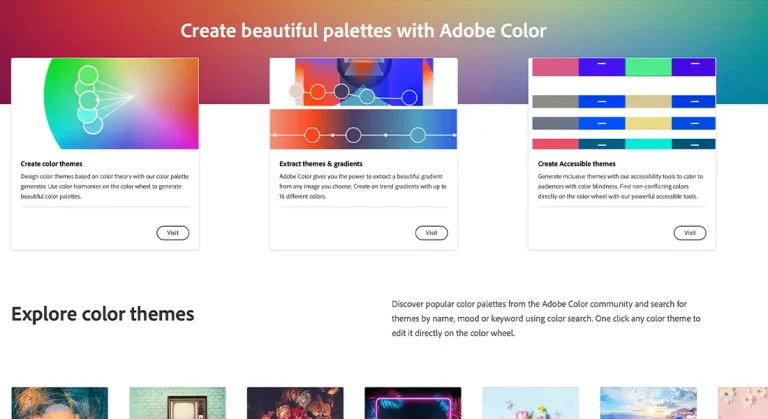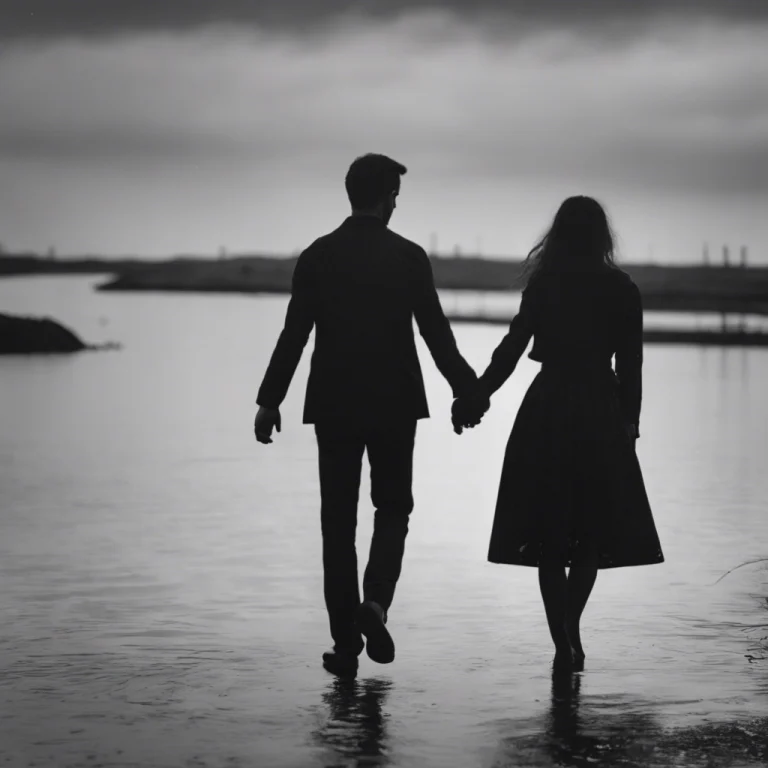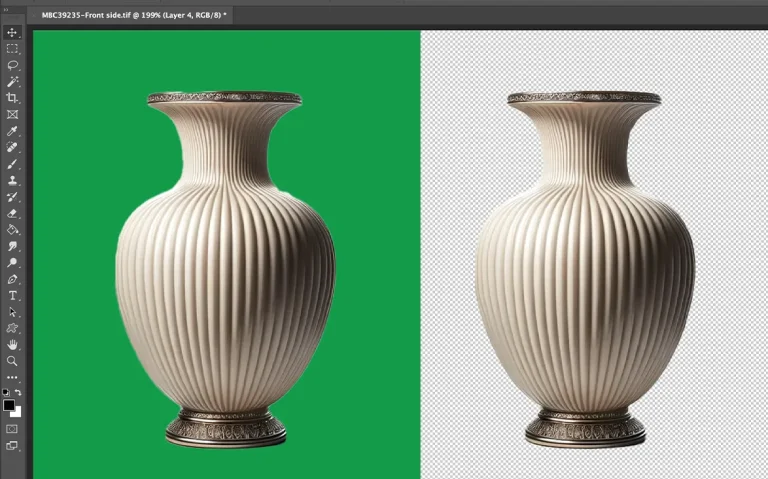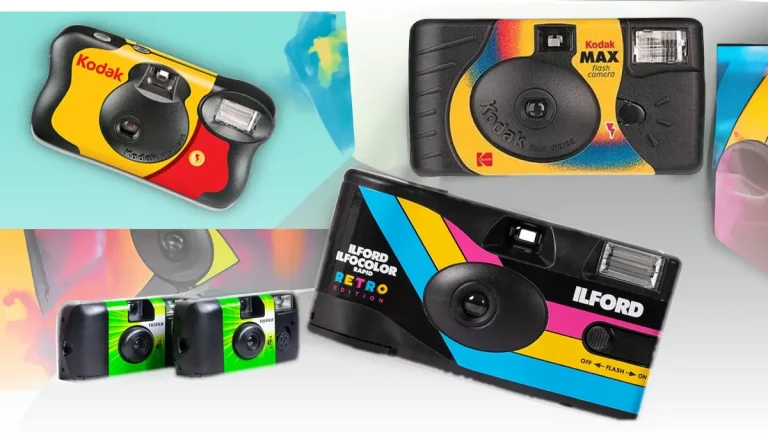
If you are just getting into product photography, you have probably come across the term emphasis-in-photography. In product photography placing emphasis on an image is important.
When it comes to photography, it is easy to lose the subject in an image. A photo quickly becomes cluttered and unstructured unless you work on the composition of the image. You can do so in different ways. Adding studio props is one way of increasing emphasis photography, but there are other ways in which you can increase emphasis-in-photography as well.
Emphasis photography is an interesting topic. Let me share my top tips when it comes to how to emphasize an image.
A Closer Look at Emphasis-in-Photography
Both photographers and artists work with emphasis. What does it mean? It means giving one part of the image a more intense meaning.
For instance, if you are photographing a bottle of perfume, you may want to give the name of the scent a deeper meaning. You do that by placing emphasis on the name. In other words, you “draw” the subject matter out.
You want that image to tell a story about the brand or the name. As I keep telling wannabe product photographers, never lose sight of the fact we buy with our eyes. This is one of the reasons emphasis is important.
10 Tips to Master Emphasis-in-Photography
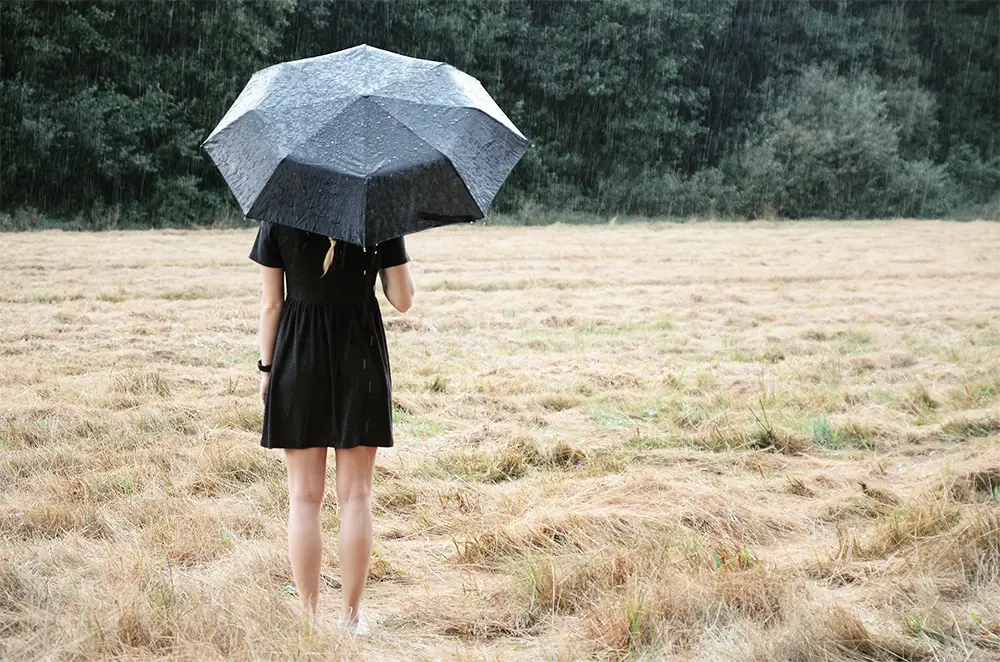
1. Thinking in Thirds
Thinking in thirds is another trick that photography has in common with the world of art. During a chat with an artist friend, I realized that thinking in thirds is something we have in common.
Let me explain.
When you think in thirds, you achieve a natural structure for your image. When an artist applies the rule of thirds, the canvas is split into nine rectangles of equal size. You can do this by imagining two vertical and two horizontal lines evenly apart.
Of course, an artist would do this on a canvas with a light pencil. Try doing it just for fun on a bit of paper. When you are done, you will notice you have created intersections. These intersections are now your point of interest.
You can now use these intersections to create points of interest. This simple-to-follow-rule works well for both still photography and landscape photography.

2. Color Theory Can Change Your World
Color has a huge influence on your life. As part of photography, it is used to emphasize an image.
By using complementary colors, you can draw the eye towards a particular part of an image. Of course, you can use colors that blend in. But, when you want to make an image “pop,” adding complimentary colors brings an image alive.
For that, you need to understand color schemes. When you go to art school, this is something you learn. If you are working in a studio, having a color wheel in front of you is a great idea when you put a composition together.
Good examples of contrasting colors are purple and yellow. Red and green are other examples to keep in mind. Using contrasting complementary colors is an easy way of creating emphasis-in-photography.
3. Using Contrasting For Highlights
Working with contrast also lets you emphasize an image. Of course, when you work in a studio environment, the only way you can work with light is by using studio lighting.
Studio lighting comes in different shapes and sizes. What you should do is try to create dark and light areas. You learn how to do this by moving studio lighting around and using different kinds of lights.
For instance, you can place the subject you would like to photograph in darkness and light up the area surrounding it. This is an excellent way of applying the technique of emphasis photography.
Using contrasting light is a good idea to try when you work outside in natural light. Don’t forget that contrasting colors can also help you when you work outside. This is a technique which has become popular in apparel photography.
4. Isolating in a Negative Space
What is a negative space? A negative space is a space that contain none or very few details. Artists use this a lot. If you look at any of the big masterpieces, you will find that many of the masters made excellent use of negative space.
For instance, this is an important part when you want to emphasize the finer details of a product. If you are photographing a luxury piece of jewelry or a watch, you may just want to emphasise a particular part of the item.
Does negative space have to be white? The answer to that question is no. Artists have always used colors to fill in negative spaces. Photographers have learned the technique from them and put it to good use.
Negative space draws the eye to the part of the image you would like the viewer to take a closer look at.

5. Creating a Bokeh Effect
Let’s talk about what is known as the Bokeh effect.
Depth of field is one technique you can apply in emphasis photography. In landscape photography, a large depth of field is the norm.
In product photography, we often use a shallow depth of field. That means details are brought to the front while the background of the image is blurred. The blurred background effect is often called bokeh.
When you would like to add visual height to a subject, this is one of the most common techniques to use. In the photo, your subject is the only thing in focus.
6. Leading Lines to the Eye
Lines exist everywhere. Take a look at nature and you will soon discover a number of lines that occur naturally. Lines in nature are vertical, horizontal and even diagonal.
A good example of lines is the sun shining through a cloud. In the evening, you can often see “lines” of light coming out of a cloud. Without thinking about it, you probably find that these lines direct your eyes in a certain direction.
Lines are a fantastic composition tool to add extra emphasis in a photograph. What they do is create a path for your eyes to follow.
If you are shooting a session outside, it is a good idea to see if you can pick up on natural lines.
Lines can be anything from a fence to a long straight road. Let the road blur into the distance, and you have also added a touch of the depth of the famous Bokeh effect without even thinking about it.
Can lines help you to emphasize an image? If you use them correctly, lines add a lot of interest to an image.
7. Finding a Frame Within a Frame
This sounds like a strange concept.
What we are talking about here is the “frame” of your camera. Adding an extra frame adds interest and draws the eye in.
What can you use as a frame? Well, you can actually use a frame. If you are photographing a single subject, there is no reason why you can’t place it in a frame.
Natural frames occur all around us. You can use a window or a gap in a wall. A space naturally created in foliage is also a frame that you can use.
If you would like to try this technique, it is important you find a vantage point to work from. Move around the frame and try to find the best angle. Be aware that it may not be straight on. Play around with the concept.
Snapping the photograph from above, below or side often works just as well as photographing something head-on. When you would like to create even more interest, play around with field of depth. That way you can come up with very interesting compositions.
This technique works well when you photograph both single and several subjects. It is a great way of adding extra interest and focus.
You can also create your own frames. For instance, placing flowers beside a product is a way of framing a product. It is a soft frame which still adds an extra focus on the subject. Using props is an essential part of product photography.
8. Something Different
Opposites attract and make a subject stand out at the same time.
This is a great technique to use in food photography. If you would like to tell a story about a dish, you can try adding certain props that make the dish stand out. When you would like to emphasize a high-quality meal, you can try adding an ice bucket with a bottle of champagne.
The same thing goes for when you are photographing fresh foods. Maybe the dish is based on red peppers. In that case, place green peppers at the bottom with a single red one on top. Now you are instantly adding emphasis on the main ingredient in the dish.
9. Textured Surfaces
What about different surfaces? You may have to work a little bit hard to create and capture textured surfaces. But, that it is worth your while.
This is very much a tried and tested technique when it comes to adding emphasis to an image. Not only does it help to define the focal point. It also tells a story. We are back to that thing about telling a story. That is very much about what emphasis-in-photography is all about.
Textured surfaces can tell so many stories. We often don’t think of ice as a texture, but it very much is. If you would like to emphasize that a drink is best served cold, you can add ice to the composition.
If you stop and think about it for a moment, you appreciate that splash photography is a kind of textured surface. It adds both texture and movement at the same time. Skin is another texture we often don’t think of as a texture. But, this is something you soon learn when you work with live models.

10. Tight Composition
A tight composition is another way of working with emphasis photography.
When you are shooting products, consider using the technique when you are photographing jewelry. Framing an exquisite earring in a model’s ear is one way of working with tight composition.
It is a popular technique in many different types of photography. Popular in both human portrait and animal photography to express an emotion. But, once you learn how to use tight composition, it becomes a useful part of product photography as well.
Final Thoughts
If a subject does not stand out, you have simply not placed enough emphasis on it. Learning how to emphasize an image is an important part of product photography. Not only does it bring out the finer details. It also draws the eye in and tells a story. Emphasis-in-photography is something I think that all product photographers should learn how to master.
if you’re looking to increase your online conversion but still feel you are not sure where to start – check out these resources below:


